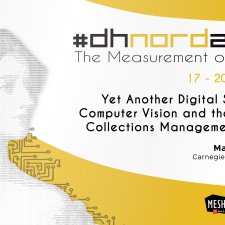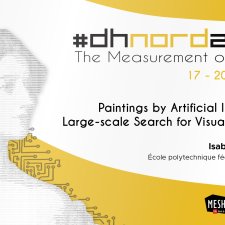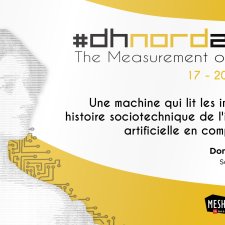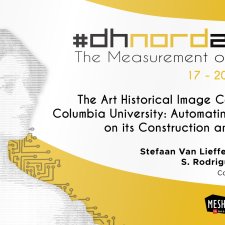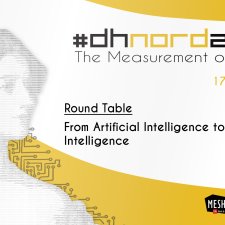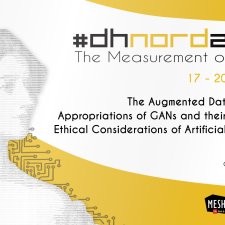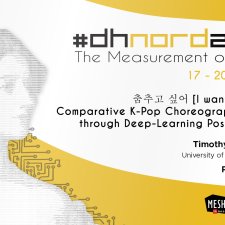Notice
The Image-Theories behind Computer Vision
- document 1 document 2 document 3
- niveau 1 niveau 2 niveau 3
Descriptif
Every computer vision algorithm is a set of instructions for how to decode images - in other words, a programmatic way of seeing. Every such algorithm therefore, explicitly or otherwise, embodies a particular understanding of theories, philosophies and ideologies of vision. Since the 1980s, computer vision scientists have chiefly referred to David Marr’s Vision (1982), itself an account of human visual neuroscience from the perspective of information theory. Other perspectives were toyed with by the scientific community, such as James Gibson’s Ecological Approach to Visual Perception (1979); the choice is axiomatic, and its implications for computer vision are totalizing, as they have to do not only with technical solutions but with the research problems being posited in the first place.
This paper has two ambitions. Firstly, to uncover the tacit visual theories implicit in computer vision systems that might be used by humanities researchers. And secondly, that the very relationship between a theory of vision and its algorithmic implementation might be the start of a new intersection between computer vision and the history of visual culture: where we prototype computer vision systems based on historical theories of vision. These serve not as tools to aid the digestion of masses of visual material, but rather as algorithmic thought-experiments for exploring the intellectual history of vision.
Leonardo Impett (University of Durham)
Thème
Dans la même collection
-
Tracking the Circulation of Images Digitally: From Artistic Cartography to the Study of Visual Cont…
Joyeux-PrunelBéatrice1ère intervention de la 1ère session du colloque DHNord 2020
-
Yet another digital surrogate? Computer vision and the future of collections management systems
4e intervention de la 2e session du colloque DHNord 2020
-
Paintings by Artificial Intelligence. Large-scale search for visual similarities
4e intervention de la 1ère session du colloque DHNord 2020
-
Une machine qui lit les images : une histoire socio-technique de l'intelligence artificielle en vis…
CardonDominique3e intervention de la 3e session du colloque DHNord 2020
-
Angelic Movement. Exploring and Understanding Art, Iconography and Composition with Machine Learning
2e intervention de la 2e session du colloque DHNord 2020
-
Distant Viewing Toolkit: Software for Analysing Visual Culture
2e intervention de la 5e session du colloque DHNord 2020
-
The Art Historical Image Collection at Columbia University: Automating Research on Its Construction…
2e intervention de la 1ère session du colloque DHNord 2020
-
From Artificial Intelligence to Aesthetic Intelligence
Table ronde de la 3 journée du colloque DHNord 2020
-
Understanding Images Through Machine Learning and Deep Learning
Table ronde de la 2e journée du colloque DHNord 2020
-
The Augmented Dataset: Artistic Appropriations of Gans and Their Bearings on Ethical Considerations…
Intervention de la 4e session du colloque DHNord 2020
-
From One Image to Another: Circulations, Transmissions, and Intervals
Table ronde de la 1ère journée du colloque DHNord 2020
-
"I Want to Dance": Comparative K-Pop Choreography Analysis Through Deep-Learning Pose Estimation
3e intervention de la 2e session du colloque DHNord 2020



